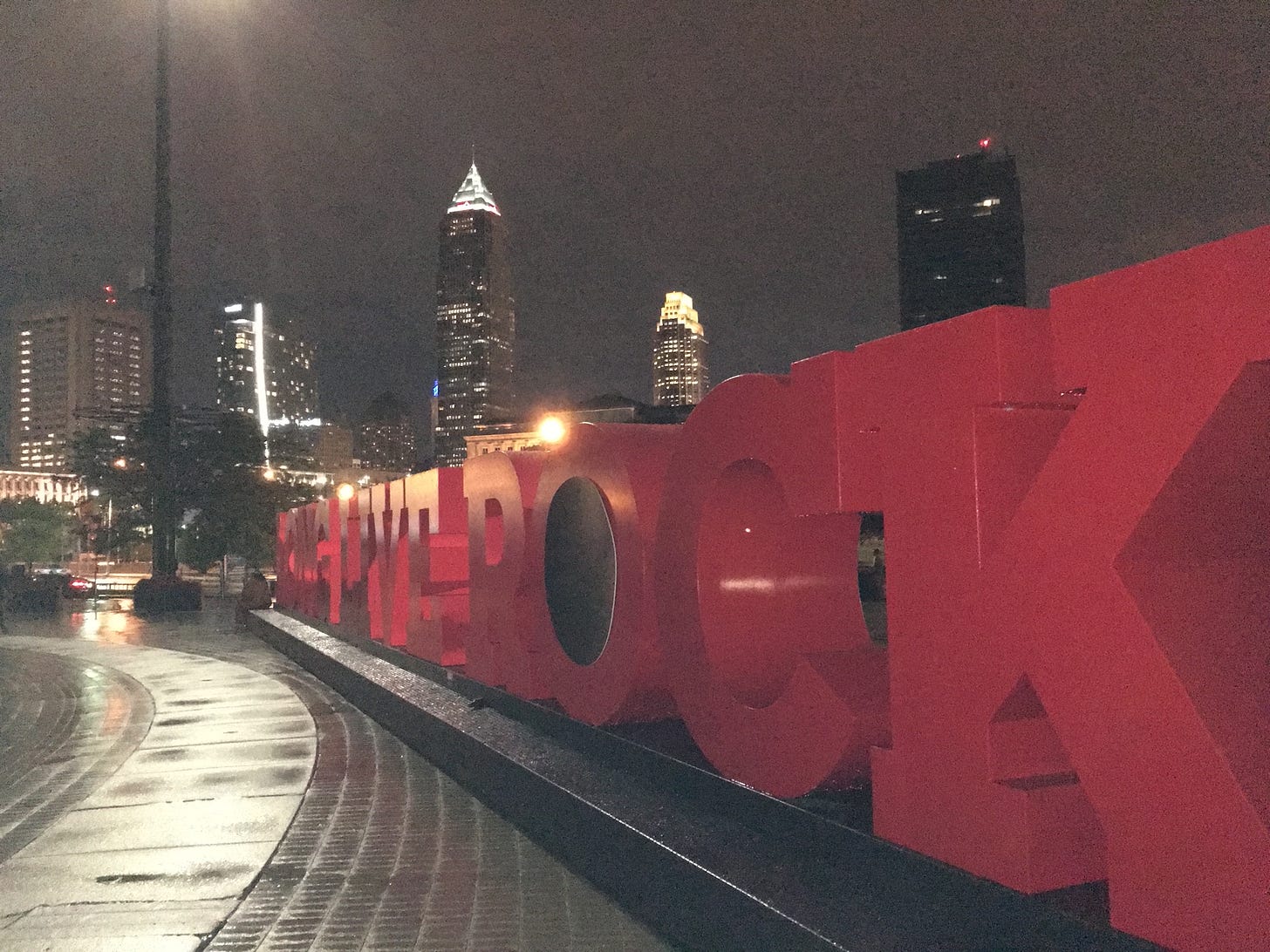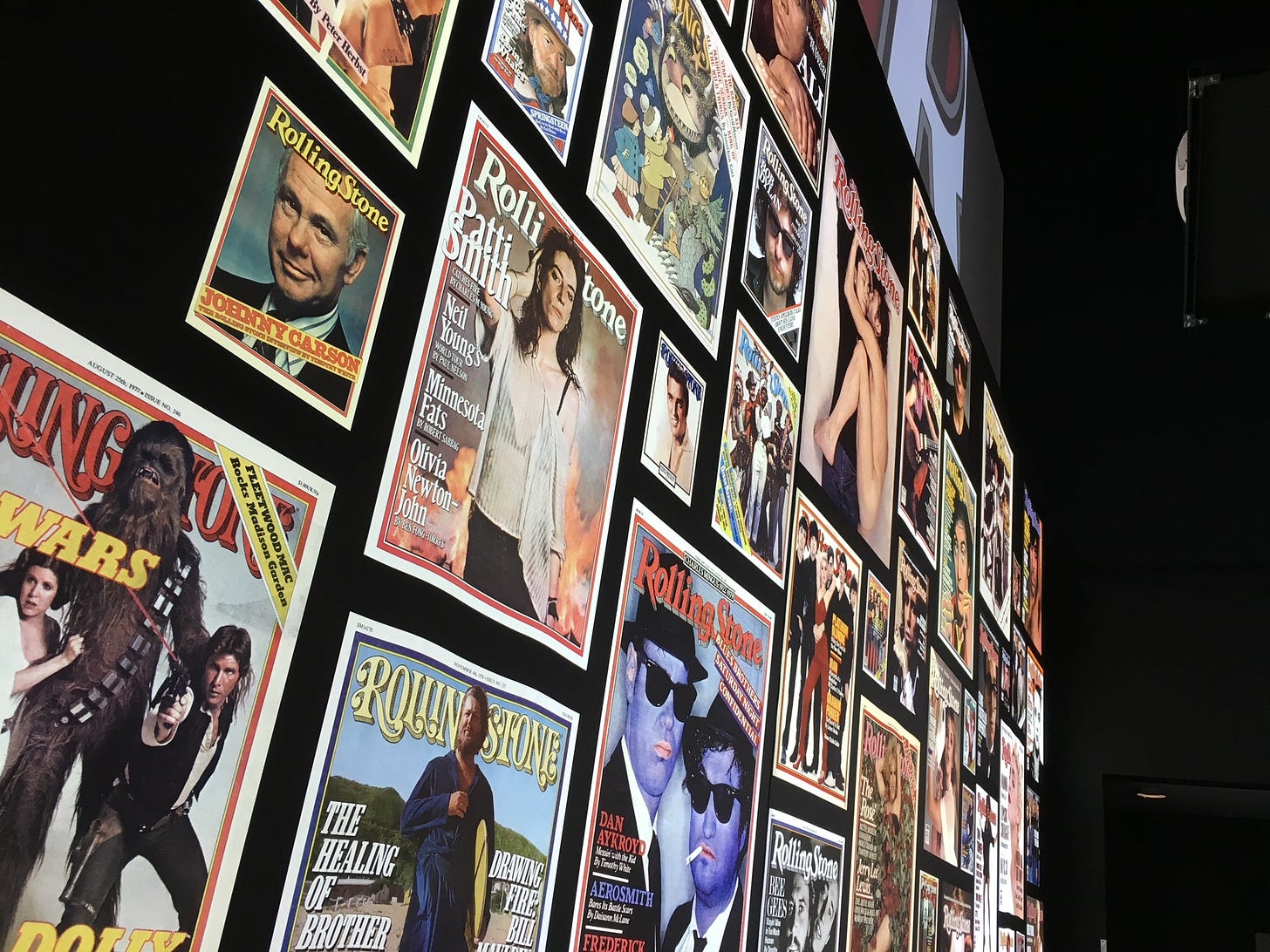When people ask me what my favorite musical genre is, I used to never have a very good answer. I would say indie rock or college rock, but that never felt satisfyingly descriptive enough. I like all kinds of music, but what draws me in the most is what I would call Post-Beatles—music that has Beatles-like big pop hooks that mixes in a few weirdo left turns.
But I never thought about my Post-Beatlesism in the same light that author Simon Reynolds details in his 2011 book Retromania: Pop Culture's Addiction to Its Own Past. I love the tome’s opening question: “Could it be that the greatest danger to the future of our music culture is … its past?”
Reynolds writes:
“We live in a pop age gone loco for retro and crazy for commemoration. Band reformations and reunion tours, tribute albums and box sets, anniversary festivals and live performances of classic albums: each new year is better than the last one for music from yesteryear.”
The “Indie Rock Heritage Circuit” for some of my favorite bands like Dinosaur Jr., Pavement, and Wilco does indeed take up a good percentage of my time and budget for attending concerts, which Reynolds might argue is taking time away from concerts by up and comers that I could be attending and helping nurture. This, in turn, may be cramping general creativity by the mass of potential new artists and their ability to subsist and make great and innovative art. On the other hand, jazz is a good example of a genre that has aged gracefully and, in the process, spurred creative new sounds by artists getting better with age. I would make that argument for rock too.
Reynolds is a purist, if that’s what it may be called, in that he generally avoids seeing any reunion shows, especially if he’s already seen the band in its prime and figures the latter-day version is sure to be a letdown.
Even more radically, in the early 1900s, futurist leader F.T. Marinetti was disgusted by the reverence for the museums and cemetaries celebrated in Italy and suggested rerouting the canals to flood them.
Musician Sufjan Stevens doesn’t want to proverbially flood rock n’ roll, but he calls it a “museum piece.” Bands he loves like The White Stripes are simply imitating and trying to get the feel of a long gone era led by the likes of The Who. “You’re watching The History Channel when you go to these clubs.”
By that standard, pretty much all of us are “watching The History Channel.” Far from just being the domain of rock music, Retromania has overtaken movies and TV (so many remakes) and fashion, furniture, and artifacts (vintage shops).
It doesn’t matter if you’re just a regular dude like me or some kind of tastemaker. Reynolds writes:
“The very people who you would once have expected to produce (as artists) or champion (as consumers) the non-traditional and the groundbreaking–that’s the group who are most addicted to the past. In demographic terms, it’s the exact same cutting-edge class, but instead of being pioneers and innovators, they’ve switched roles to become curators and archivists. The avant-garde is now an arrière-garde.”
I think it’s closer to what Norman Blake of one of my favorite beloved post-Beatles bands Teenage Fanclub once told Reynolds: “Anything that doesn’t sound like anything else in rock history sounds terrible.” I think he’s got a very good point.
For another musician I respect, Ariel Pink—self identified as a “sound fiend”—incorporating elements of, say, Gerry Rafferty’s “Baker Street” and Fleetwood Mac’s Tusk into his songs is a way of “preserving something that’s died. Something that’s going extinct. And just saying, ‘NO!!!.’” He’s trying to stop the extinction with his art.
Reynolds notes that if someone loves a certain era of music, they literally make every attempt they can to stay there. Records and TV allow major events to be less of a moment in time and more of a monument that is always there and can be revisted whenever one would like. I would never go so far as to say rock n’ roll is dead, but there is no doubt I favor the music of the 1960s through the 1990s. I haven’t quite made up my mind yet as to whether that holds any kind of significance.
That said, I can also be convinced that pop is meant to be all about being in the moment. That’s one reason museums dedicated to rock music seem like they would fail so badly. They can hang Jimi Hendrix’s guitar and old Rolling Stone magazines all they want, but the visceral experience of dank sweat, alcohol, and music pouding in your ears from a Marshall stack that occurs at a good concert beats standing in a museum everytime.
I have said the Rock and Roll Hall of Fame and Museum in Cleveland, Ohio, is my favorite museum, which is a strange thing to say, at least in light of Reynold’s question. But maybe what I really believe is that there is room for electrifying live, in-the-now concerts and new types of innovative records by bands I grow to love alongside the big business and clearly big emotions of Retromania.






